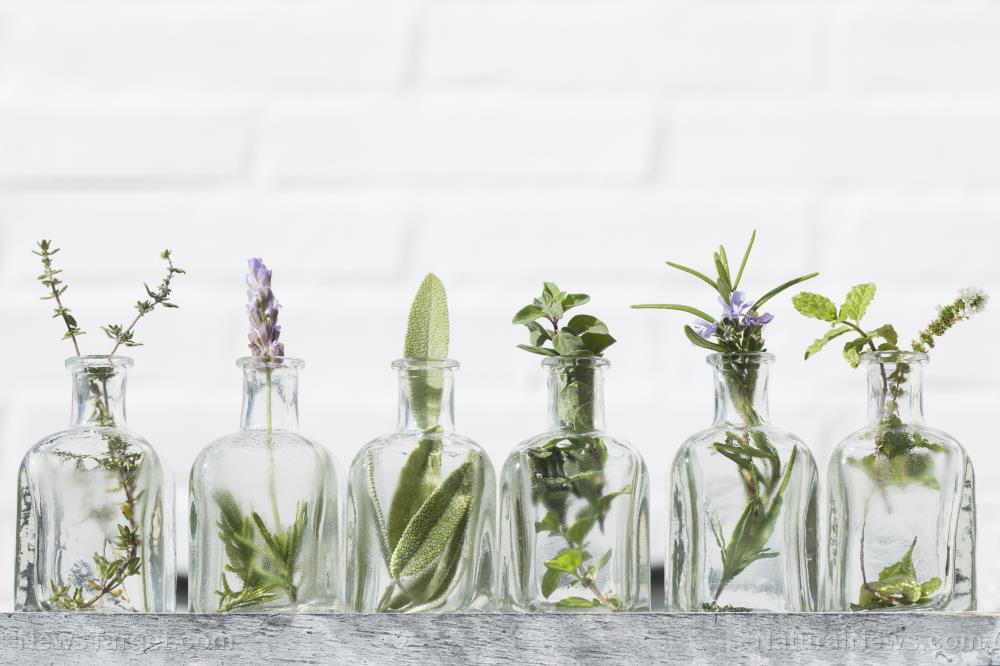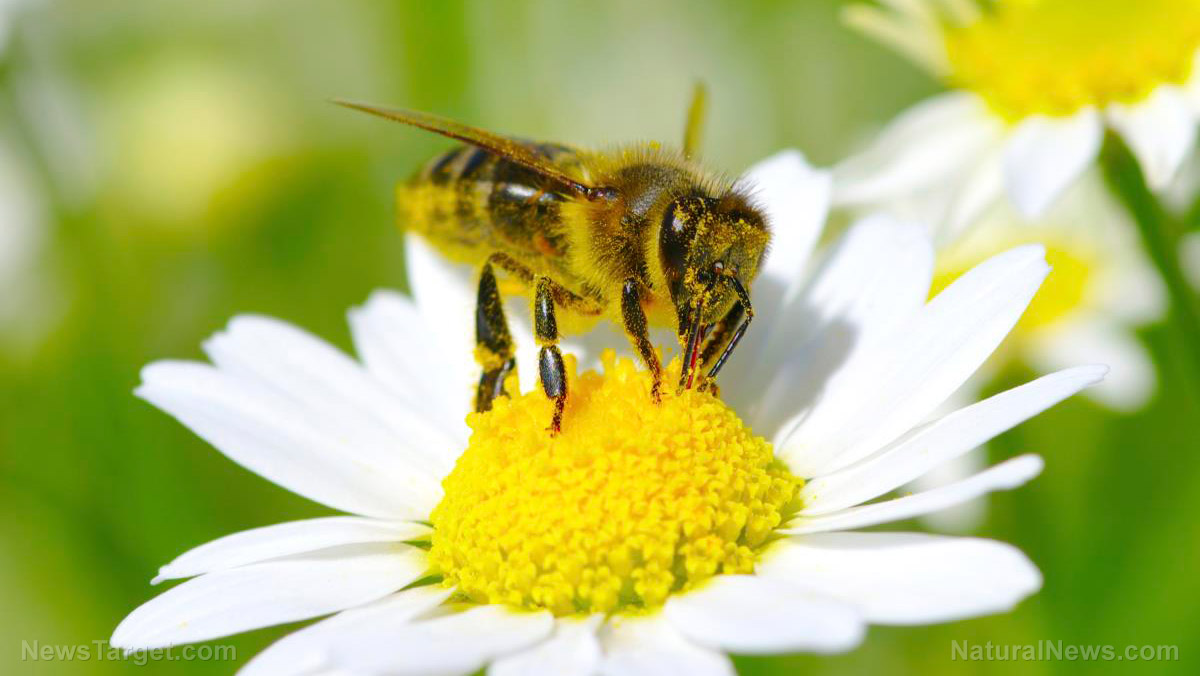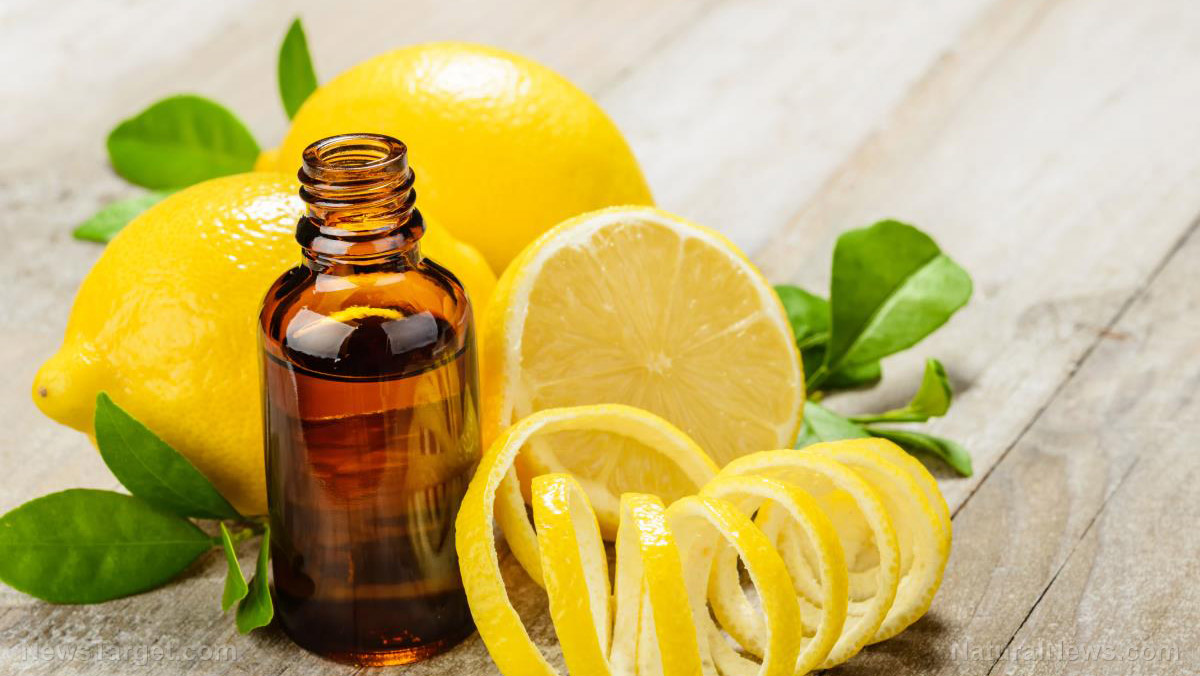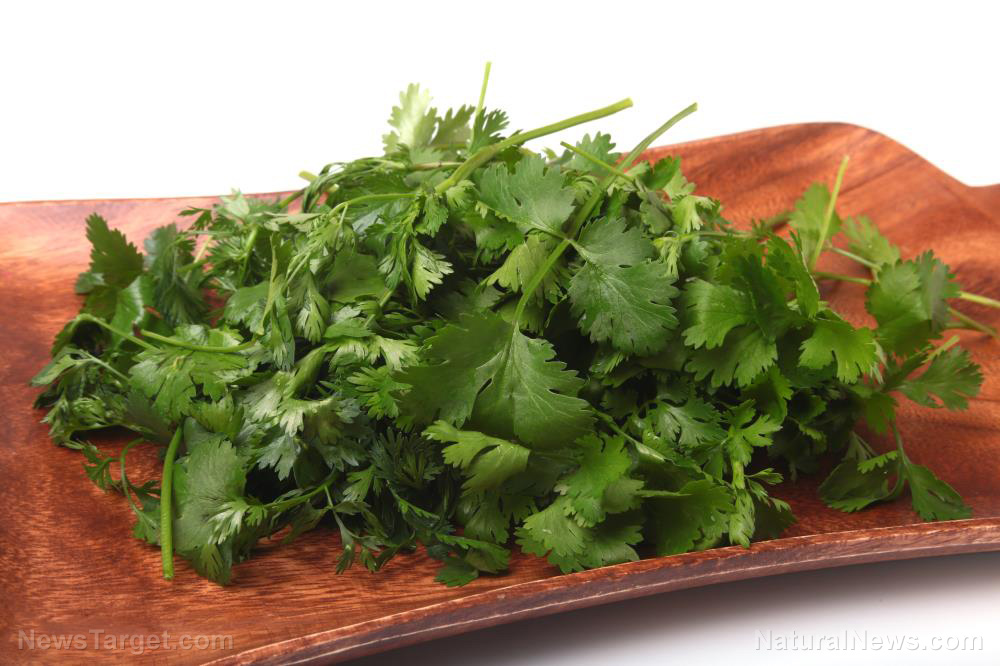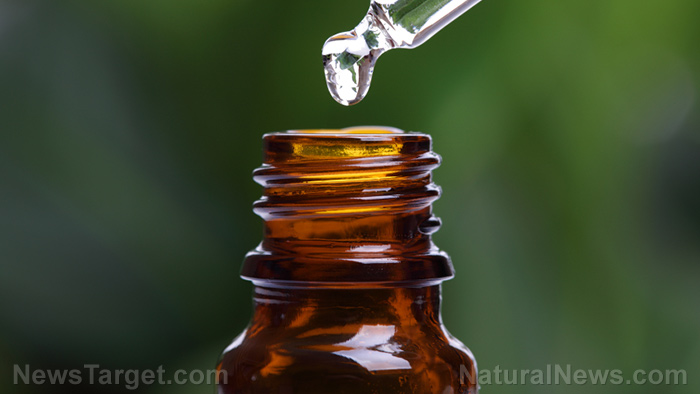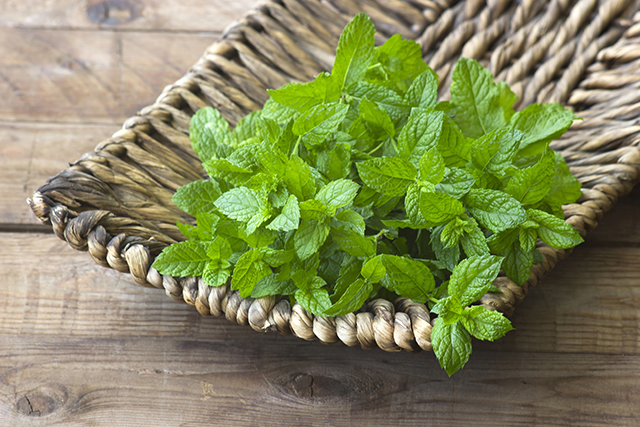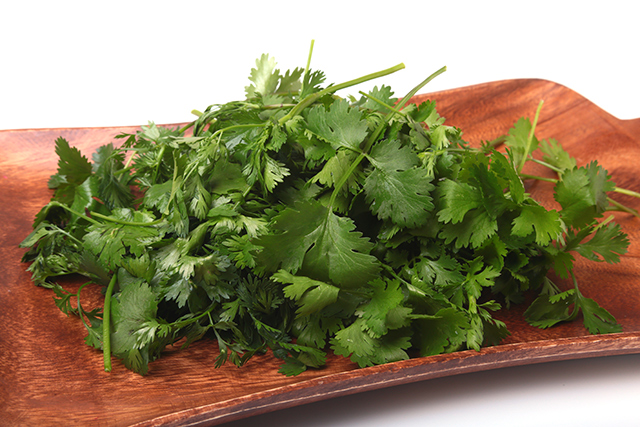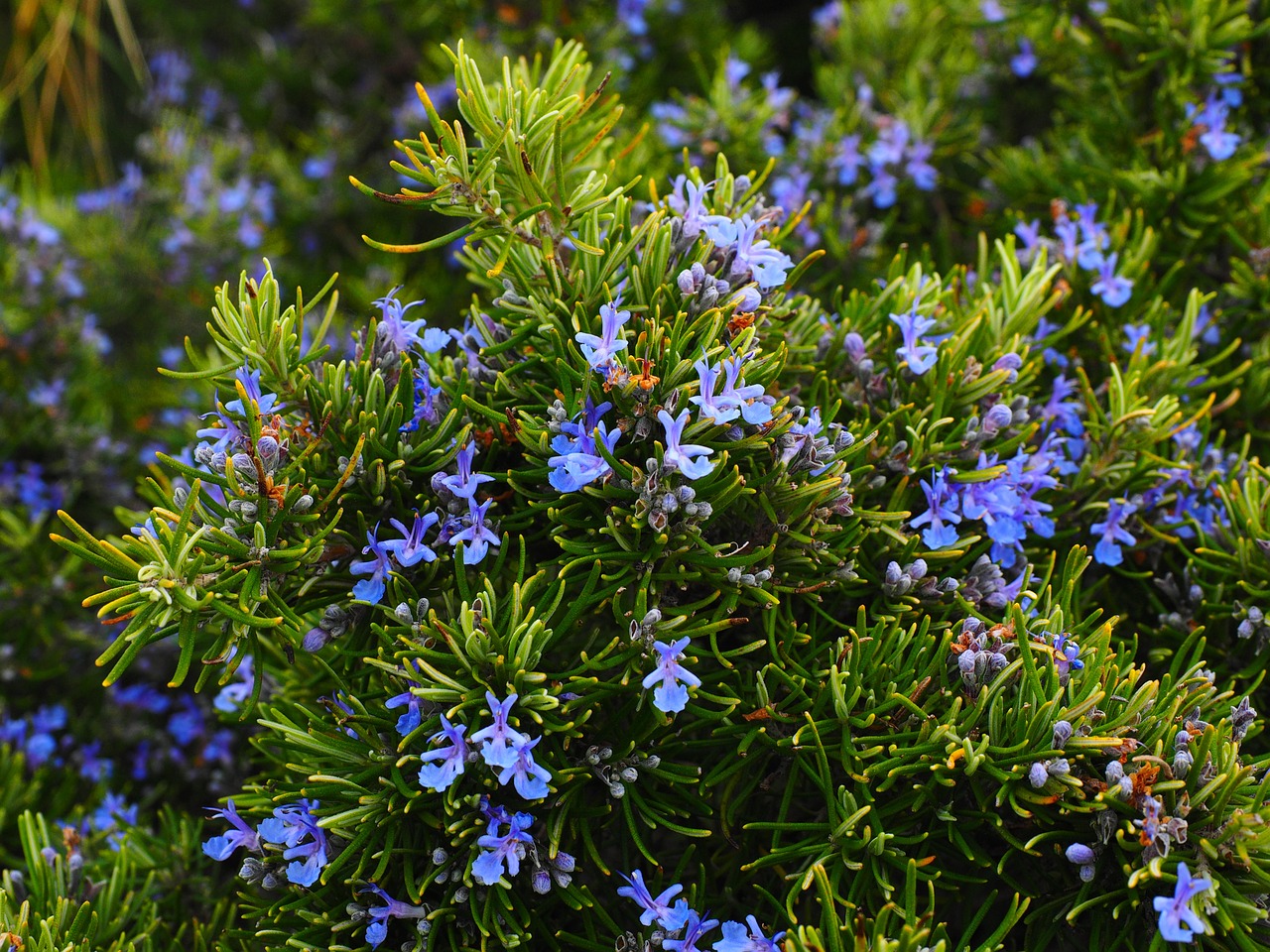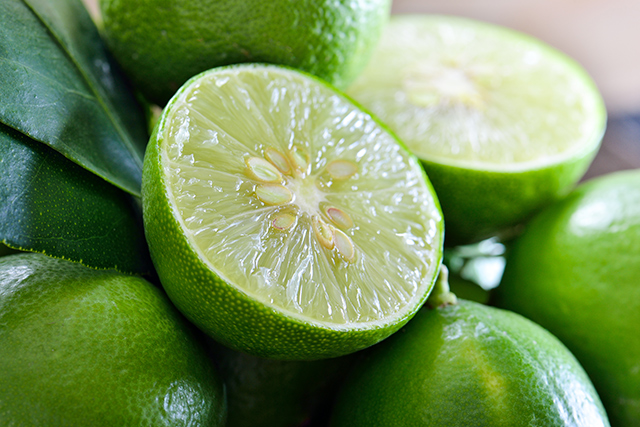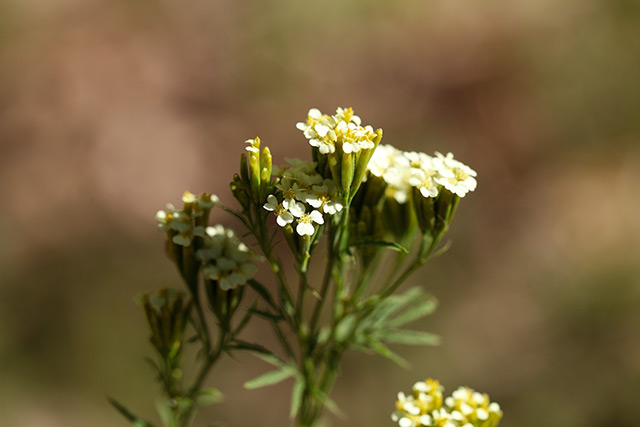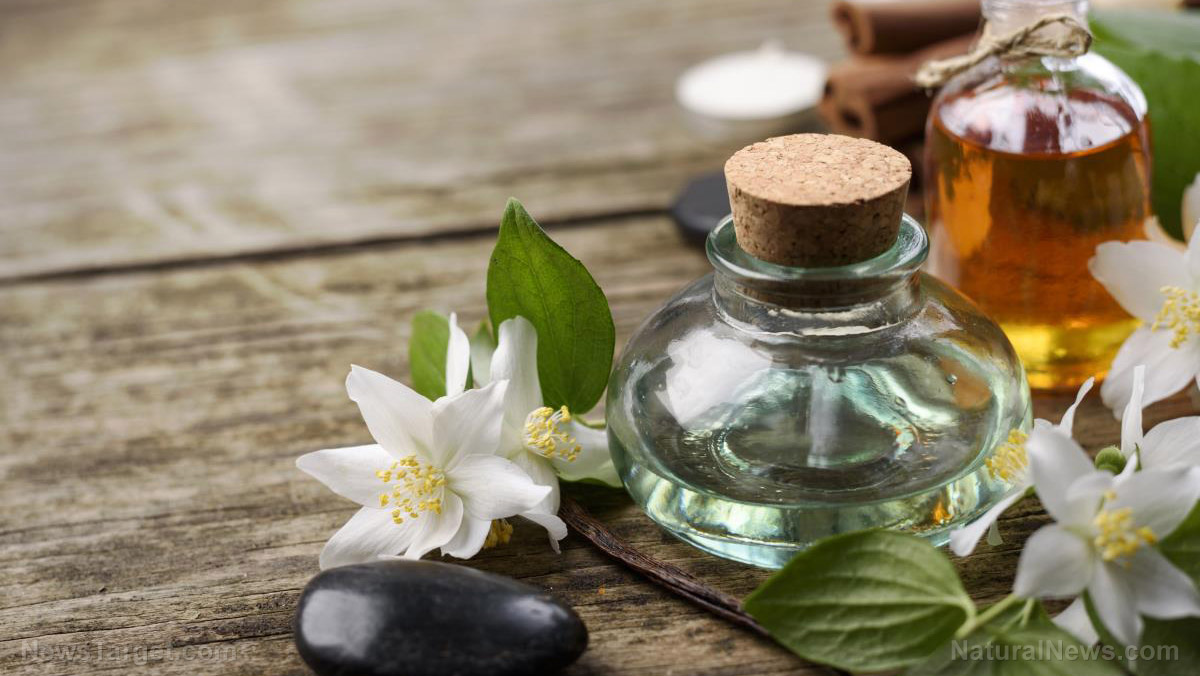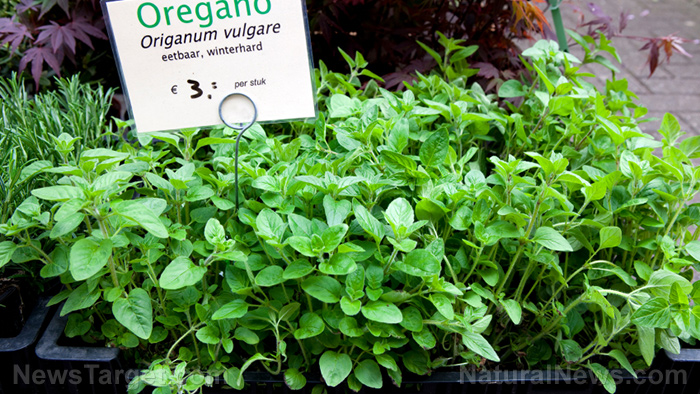Anthracnose in papaya fruit inhibited by plant-extracted essential oils
06/18/2018 / By Ralph Flores

Essential oils extracted from different plants could be used to prevent the decay of papaya fruit and prolong its storage life. Researchers from the University of Florida, as well as the Shahid Beheshti University in Iran, arrived at this result after testing five plant-extracted essential oils and studied whether the oils can inhibit anthracnose-induced fruit decay.
- For the study, the team extracted essential oils from thyme, savory, mint, cinnamon, and lavender plants. Using gas chromatography-mass spectrometry (GC/MS), physicochemical components for each plant-derived oil were identified.
- To create conditions for fruit rot, the team used an isolate of the fungal plant pathogen Colletotrichum gloeosporioides, which was identified using the polymerase chain reaction method.
- The essential oils were then tested against the C. gloeosporioides, both in a controlled setup and in a live plant.
- Looking at the in vitro results, researchers found a 100-percent reduction of mycelium growth for both savory and thyme essential oils. In vivo experiments, however, resulted in a 64.07- and 54.82-percent reduction in fruit decay and a 59.26- and 58.40-percent decrease in lesion diameter, respectively.
- Compared with other essential oils, applications of savory and thyme essential oils resulted in sustained firmness, even after exposure to the anthracnose fungus.
- Of the essential oils that were tested, savory oil with carvacrol and thyme oil with thymol were considered to be the most effective in reducing fruit rot caused by anthracnose both in vivo and in vitro.
Researchers found that savory essential oil has merits to be used as a natural fungicide to manage fruit rot and prolong the storage life of papaya fruit.
Journal Reference:
Sarkhosh A, Schaffer B, Vargas AI, Palmateer AJ, Lopez P, Soleymani A, Farzaneh M. ANTIFUNGAL ACTIVITY OF FIVE PLANT-EXTRACTED ESSENTIAL OILS AGAINST ANTHRACNOSE IN PAPAYA FRUIT. Biological Agriculture & Horticulture. 27 July 2017;34(1):18–26. DOI: 10.1080/01448765.2017.1358667
Tagged Under: anthracnose, Colletotrichum gloeosporioides, essential oils, fruit decay, fruit rot, fruits, Papaya, plant extract, plant oils, research, savory, science, shelf life, storage life, thyme



